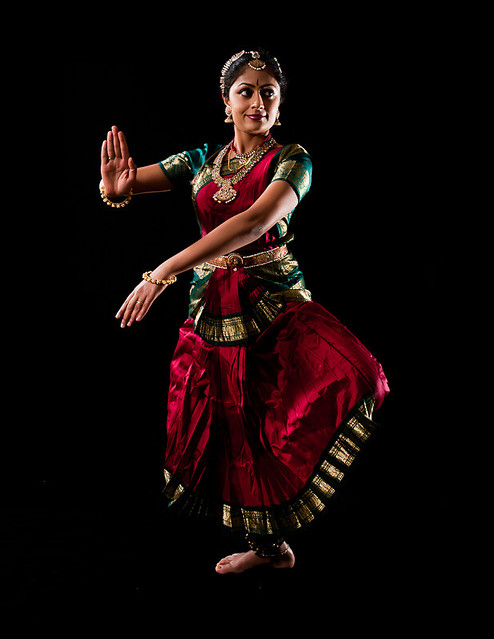Jyoti Srivastava, of the four Odissi dancers from the Debaprasad school featured in Nritya Vilasa at New Delhi’s Stein auditorium — mounted as a tribute to Guru Sudhakar Sahoo by Gurgaon institution Nritya Dhara, captured the audience through her sensitive abhinaya. Her ‘Krishna Milap’ with a brief Bhumi Pranam and homage to Krishna’s charm through the verse “Kasturi Tilakam”, concluding with a truncated moksha, had its main component in the lyric in Khamaas “Kilo Sajani keli Kadamba mule” wherein the nayika looking at the Kadamba tree, reminisces with the sakhi about Krishna who romanced with her under its shade. With a kavit and ukkuta phrases strung into the main interpretative fabric, the dancer’s mukhabhinaya along with an immaculate sense of timing, showed how even expressional dance, for optimum effect, needs a perfect feel for rhythmic punctuation.
Vani Madhav, a one time disciple of Guru Debaprasad Das, now under Sudhakar Sahoo, in the simply choreographed Kalavati Pallavi, gave an improved rendition to what one saw of her a few months ago. Her foot contact rhythm though needs more immaculate finish. The abhinaya lyric, Upendra Bhanja’s composition, communicated despite the somewhat lokadharmi expression, in the opening line showing distressed human beings. It is amazing how much like one of this poet predecessors Salabeg’s “Ahe Nila Sahilo” this composition is, in ideas, tune and metre. “Mano uddharana kara he karana.”
Alpana Nayak, more known in her avatar as a worker with the specially gifted, in ‘vichitra varna’ tried to paint a many sided picture of the contemporary woman walking alongside her husband as an equal partner in life, exemplifying qualities divinised through verses on Durga, Kali, Mohini, Ahalya, Yashoda manifestations, tagging it with modern poetry like “Janani mu Janani” “Kshama mor anya Nama.” The idea, simplistic in treatment, needed more subtlety.
That Anita Babu is a well-trained dancer was obvious in the five scenes portraying sringaram, hasyam, bhayam, karunyam and shantam from the Navarasa through episodes based on the Ramayana. While the idea of Rama laughing at the disfigured Shoorpanakha does not chime with one’s idea of the uttama nayaka, the sudden halts and transition points had dramatic intensity.
Sahana’s impressive Bharatanatyam
Sahana Balasubramaniam, now planning a PhD in Mathematics after her MS, shows impressive command over Bharatanatyam. Trained under Guru Saroja Vaidyanathan, her presentation at Tamil Sangam’sTiruvalluvar auditorium in the Papanasam Sivan varnam “Unnai ninaindu ullam…” in Devamanohari displayed commendable control over both technique and expressional aspects of the dance. Apart from the araimandi central concern of Bharatanatyam movement grammar, the full leg and hand stretches revealed neatness, in the immaculately rendered teermanams. With a face capable of emoting, musical statements asking if Krishna is stone hearted (Ullam kallo, kanna), were highly embellished though one felt the overdone petulant anger could have included a little of the persuasive approach too. But that is a matter of opinion. The Pancha Kalyani Devi homage was also communicative. It seemed to take a great deal of mimetic persuasion to get Krishna to finally accompany the Gopi to the Vrindavan Kunj in Swati Tirunal’s Brindavana-saranga “Chaliye kunjanamo”.
Madurai Krishnan’s Hameer Kalyani Tillana provided the concluding note.
With all her accomplishments, Sahana as a performer needs that heightened animation in parts to bring in contrasts to what at present is like the placid waters of a very serene stream, which needs the occasional ripples to make the audience sit up and take note. Time and experience will, one is sure, bring in the changes.

No comments:
Post a Comment